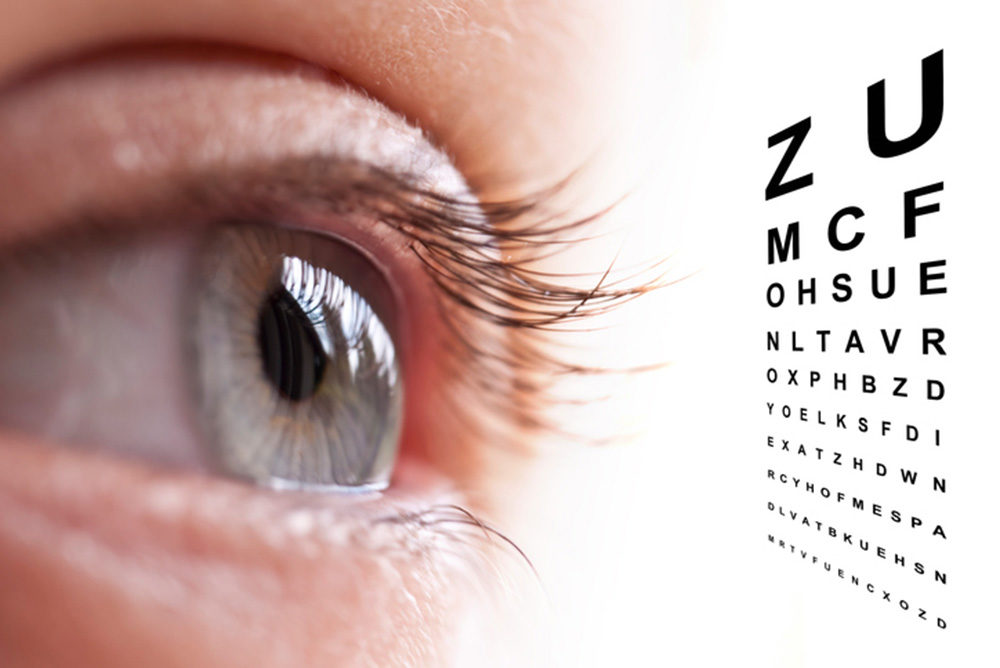
iStock
AT HER once-every-several-years eye exam, Paris journalist C.N. learned she had elevated intraocular pressure (IOP), called intraocular hypertension, although she had no symptoms—like red eyes —and no new difficulties with vision.
Anyone with a diagnosis of elevated pressure – 21 mm Hg. or higher— gets the label “glaucoma suspect” after two findings of IOP and no evidence of optic nerve damage or vision loss.
Of every 100 people older than 40, about 10 will have pressures higher than 21 mm Hg,. but only one of those will develop glaucoma. Both elevated IOP and glaucoma become more prevalent with age. The recommendation is for those over age 65 who have intraocular hypertension to keep pressures below 25 mm Hg.
Intraocular pressure can also be elevated in individuals with low blood pressure, or pressure lowered by taking medication for hypertension (high blood pressure), which can make it more difficult for blood to reach the eyes to supply oxygen and nutrients, and to remove waste.
What’s confusing is that as many of 40% of those who develop glaucoma have eye pressures in the normal range. And even patients who have glaucoma along with elevated eye pressure have readings in the normal range about one-third of the time. “Clearly while eye pressure is important in glaucoma, it does not explain why glaucoma develops in all patients,” according to the Glaucoma Research Foundation.
Glaucoma is diagnosed after examining the optic nerve with pupils dilated; and after assessing peripheral vision—usually using the Humphrey visual field test, which consists of a center fixation light and blinking test lights off to the side.
Intraocular hypertension can also indicate problems in the eye’s drainage system—an imbalance in the production and subsequent draining of fluid in the eye’s aqueous humor. Drainage problems are detected using a special contact lens and a technique called gonioscopy to examine the drainage angles (or channels) in the eyes.
Compared to adding water to a water balloon, increases in intraocular fluid—especially if the channels are obstructed—causes pressure inside the eye to rise, and that can damage the optic nerve. In a small percent of people with ocular hypertension, veins in the retina become blocked, leading to vision loss.
Elevated IOP without detectable signs of glaucomatous damage occurs in 4 to 10% of the U.S. population, but these individuals have only a 10% risk of developing glaucoma over five years. This risk can decrease by 5-50% with medication, usually eye drops—and is expected to go down below 1% with improved techniques to detect damage before vision loss occurs.
Besides those with higher risk of glaucoma because of family history, studies disagree on who is at greatest risk: some say women, some say women after menopause, and some say men. Glaucoma in African Americans occurs earlier and progresses faster than in the rest of the U.S. population.
Risk of glaucoma also changes depending on the specific level of intraocular pressure —from as low as 2.6% for those with pressures 21-25, to above 10% for those with pressures 26 to 30, and about 40% for those with pressures over 30 mm Hg.
Pressure is assessed using “tonometry,” based on measurements taken for both eyes more than once because pressures vary from hour to hour and at different times of day. A difference in pressure between the two eyes of 3 mm H. or more can suggest glaucoma.
While some ophthalmologists prescribe eye drops when the IOP is higher than 21 mm Hg., most wait until pressures are consistently higher than 28-30; or in cases where there is optic nerve damage or symptoms like halos, blurred vision or pain. For eyes that cannot tolerate medications, laser surgery is an option but usually not recommended because its risks are higher than those of developing glaucoma from IOP.
Having thin corneas increases the risk of glaucoma due to IOP. But while those with thicker corneas, including C.N., may be at lower risk, they are also more likely to get falsely high IOC readings—when their pressures are in fact lower and normal. C.N. has the added problem of being “so myopic,” which her doctor said makes it more difficult to assess her optic nerve.
With a reading of 23 mm Hg, C.N.’s doctor started her on eye drops. Afterwards, on her own, C.N. went to an osteopath to “loosen up her neck, head and maybe eyes,” and took a few drops of cannabis tincture to help sleep. After a week of these measures, her pressure dropped to 17. She continues to use the eye drops, awaiting further results.
—Mary Carpenter
Every Tuesday in this space, well-being editor Mary Carpenter fills us in on health news we can use.

I’ve been having the visual field test every year for many years, for the same reason. Adding to my situation is a congenital optic nerve diffusion. I have no sight problems or glaucoma. Yet.